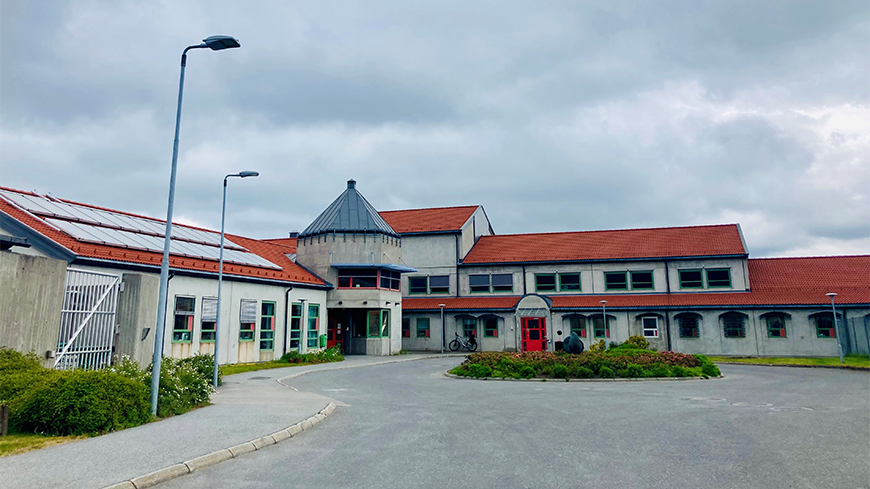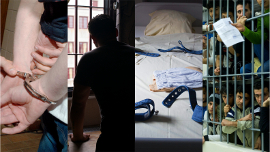No allegations were received of physical ill-treatment of prisoners by staff in the prisons visited. On the contrary, the Norwegian prison system continued to benefit from a well-trained and motivated staff. It is also positive that the material conditions in the prisons visited were mostly excellent and most of the prisoners had work or were following educational programmes. However, the CPT noted that the decreasing budget and problems attracting and retaining staff created difficulties in offering a meaningful regime: in several prisons visited work schedules became irregular and subject to unexpected interruptions, while there was cost cutting on educational programmes. The CPT once again found that prisoners excluded from company of other detained persons or under court-ordered isolation still spend up to 22 hours alone in their cells. Concerted action needs to be taken to alleviate such a restrictive regime. Further, the prevalence of self-harm remains high in Norwegian prisons, exacerbated by limited access to mental healthcare and a lack of appropriate facilities. Overall, healthcare staffing was found to be insufficient, with significant staff turnover, poor communication with other services within the prisons visited and frequent absences of doctors and nurses, which hampered the continuity of care.
The living conditions in the psychiatric hospitals visited were very good, if not excellent. However, attraction and retention of staff was a major challenge, which at times limited the treatment options available to patients. A recurring issue in the three hospitals visited concerned women accommodated on mixed gender wards with mostly men. CPT recommends allocating dedicated areas of a ward to female patients and that staff are protective towards patients vulnerable to unwanted sexual contact.
The CPT noted that there was an upward trend in the resort to the use of means of restraint in psychiatric hospitals between 2017 and 2022. In one of the hospitals visited, several patients were subjected to prolonged periods of mechanical fixation to a bed and during this time they had to use bedpans, bottles and catheters to relieve themselves. The CPT considers that such an approach may very well amount to inhuman and degrading treatment.
The conditions of detention at the Trandum immigration detention centre remained acceptable in general. Nevertheless, despite efforts to create a positive environment, the CPT found that staff had serious difficulties in managing foreign nationals presenting a risk of suicide or self-harm. Measures to address these risks included the use of a padded helmet and body-cuffs, and placement in a security cell. The CPT recommends that steps be taken to end this security-driven approach. Instead, a more therapeutic approach should be applied which includes healthcare staff systematically visiting a person immediately after arrival and whenever a risk of self-harm is identified, and by offering psychological support.
The CPT received no allegations of ill-treatment of persons by the police. Nevertheless, the CPT noted that it was the practice not to record injuries upon admission in a police station. Combined with the frequent absence of a medical examination upon entry to a remand prison, and the absence of access to a lawyer from the outset of detention, this creates a systemic weakness regarding the prevention of police ill-treatment for certain categories of persons.




